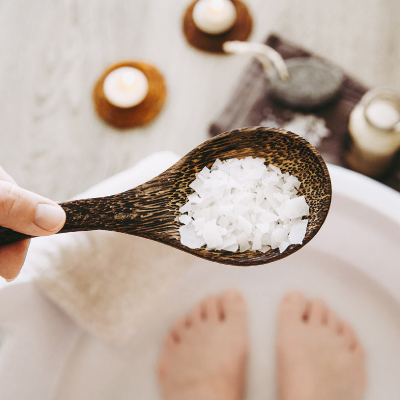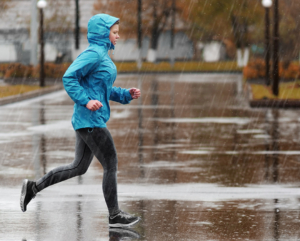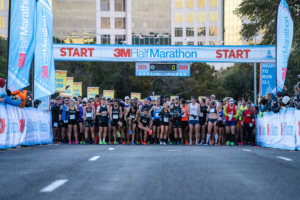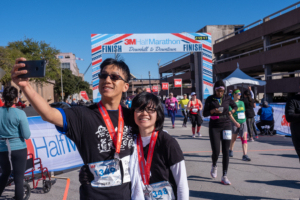Understand how the right amount of sleep can help you become a better runner
Sleep is a necessary part of your body’s recovery process. If you enjoy long-distance running, building up your endurance, and becoming healthier, then the right amount of sleep is paramount. People between the ages of 18 and 65 typically need six to eight hours of sleep every night. Going to bed late and waking up early could be counterintuitive to your growth as a runner. When you go to sleep, that’s when your body’s recovery really goes to work. Learn how the right amount of sleep can make you a better runner. Pro tip: make the right amount of sleep a weekly short-term goal, it’ll help you get to your larger goal!
How you become a better runner with the right amount of sleep
-
Beat fatigue
Do you sleep less so you can work more hours or run extra miles? You might do this, but you’ll definitely feel tired the next day. Running when you feel fatigued can wear down your muscles. It also increases the likelihood that you won’t perform at your normal level. Ultimately, this could wear you down or make you sick and force you to take time off to rest. Beat fatigue and be proactive when it comes to sleep. Make it a point to go to bed earlier. Follow our long-run recovery timeline and take a nap on the weekend. Making sure you sleep enough helps you stay healthy and boost your body’s immunity.
-
Maintain a healthy weight

Getting enough sleep helps support your body’s immune system.
Not sleeping enough could make you feel hungrier the next day. Save time and eat healthy with these easy-to-make weeknight recipes. Without sleep, your body isn’t as effective at converting carbohydrates into glycogen. If you’re trying to lose weight, then skimping out on sleep to focus on running won’t lead to weight loss. This also prevents lean muscles from forming. Instead of waking up earlier to run longer, get some extra sleep and run a shorter distance.
-
Repair your body
During sleep, the body synthesizes proteins, regenerates cells, and helps your body heal. And yes, every hour counts. With the right amount of sleep, your body has the time it needs to fully recover. If you don’t get enough sleep it could compromise your immune system and health. You’ll feel fatigued more often and won’t see improvement.
-
Perform better

A good night’s sleep helps your body make the necessary repairs after a run or workout.
HGH, also known as human growth hormones, are released in your body after you fall asleep. Researchers from Stanford showed that athletes who slept longer than their usual sleeping hours performed better. When you sleep, your body gets the time it needs to recover. The HGH in your body stimulates the recovery process. When you wake up feeling refreshed the next day, your body has healed itself from the previous day’s activities.
-
Advice to sleep well
Everyone has their own tricks to falling asleep at night. Make your bed a phone-free zone. This will keep you off social media or checking email one more time. Add a fan to your bedroom. This will provide white noise and keep the air flowing. Running in the evening can also improve your quality of sleep. If you run at this time, check out these other benefits and safety tips.
Getting the right amount of sleep can make you a better runner. It allows your body to repair itself so you build strength, stamina, and endurance. Give your body the time it needs to properly heal and it can make you a better runner. The right amount of sleep is a crucial part of your body’s recovery process. Prioritize sleep just as much as you prioritize training, eating healthy, and properly hydrating.












